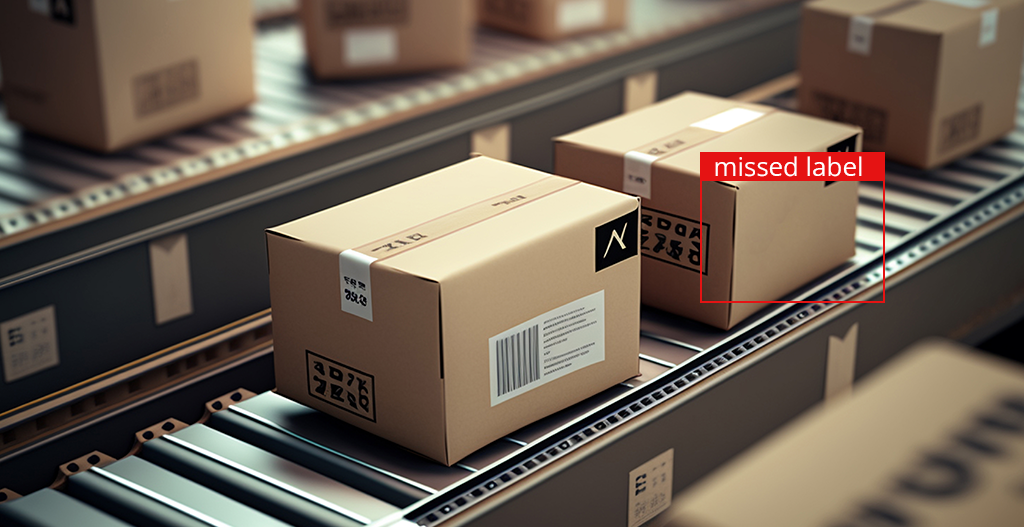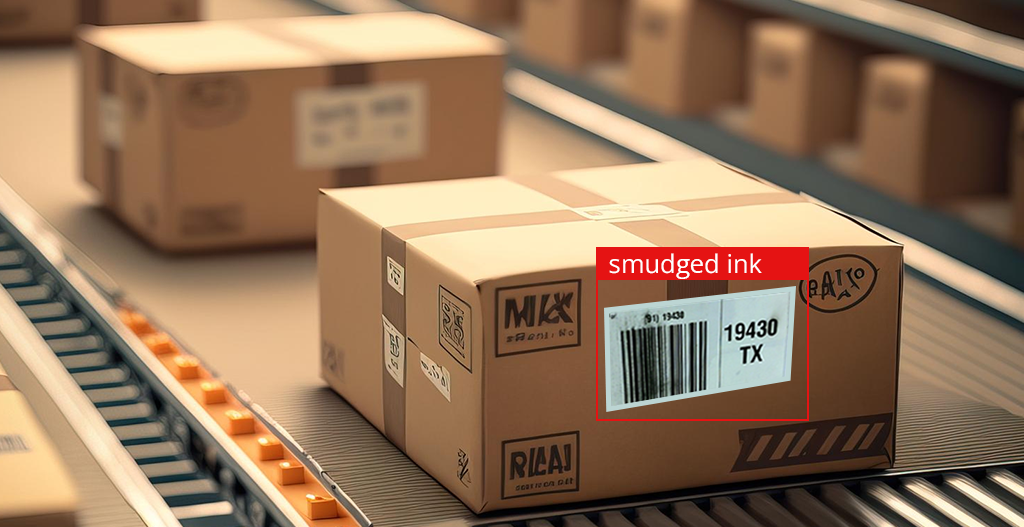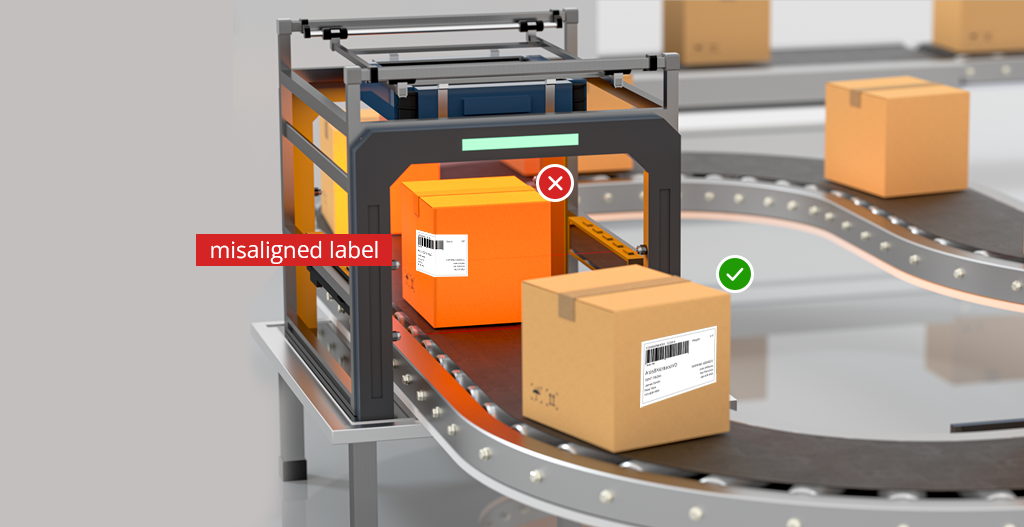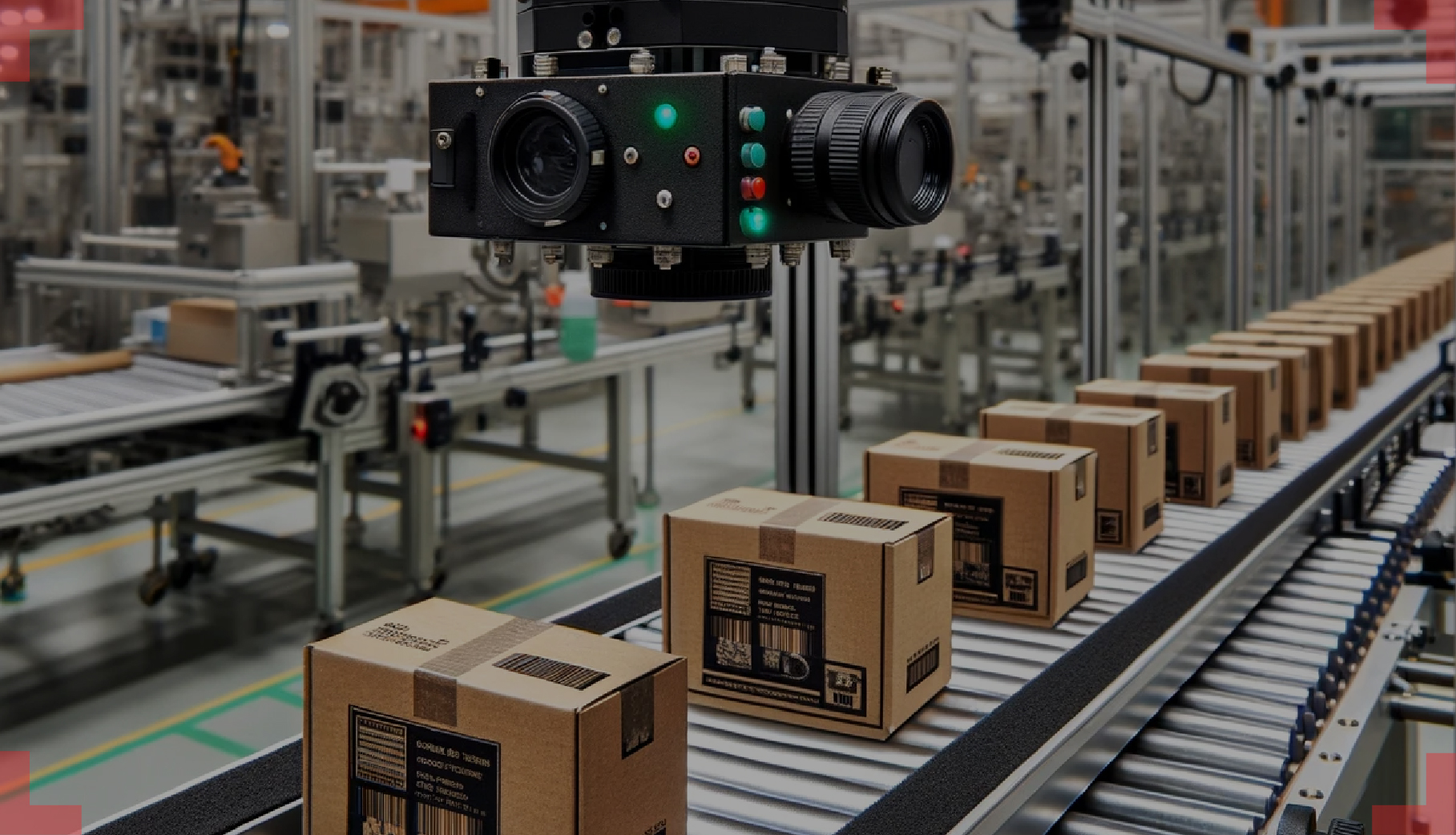Tackling Label Defects in Packaging Using Vision AI Inspection
- Vathslya Yedidi
- December 28, 2023
Introduction
Packaging plays a crucial role in preparing products for transportation and sale, ensuring that goods reach consumers in the best condition while also minimizing costs. It is essential to carefully consider packaging, starting from the product’s design phase until it reaches the end of the customer. Effective packaging must protect against physical and chemical elements while also offering relevant consumer information.
The design and production of products are influenced by how they are packaged and labeled, as they cater to individual needs and preferences. Labels, which can be composed of various materials such as paper, metal, plastic film, or cloth, are important in any product in providing essential information and enhancing its intrigue and appeal.
To ensure that labels are printed correctly and have accurate information, they must undergo inspection. This inspection can be performed either manually or using automated processes. Manual Label Inspection is resource-intensive and time-consuming, as each label needs to be checked by a human. Moreover, the outcome of manual checks may vary depending on the inspector.
However, the current industry standard for Label Inspection uses Computer Vision Algorithms, automating the process and significantly improving efficiency. This method cuts the need for a human inspector to assess each label individually, creating a standardized pass/fail rate. Unlike human inspectors, the algorithm is not affected by fatigue or error, ensuring consistent results. But why is Label Verification in Packaging important?
Importance of Package Labeling Validation:
Package Labeling Validation is important for the following:
1. Product Safety and Compliance:
- Consumer Safety: To prevent potential hazards and accidents. For instance, in the food industry, clear labeling of allergens is crucial for the safety of consumers with allergies. Validation guarantees that this information is both correct and prominently displayed.
2. Brand Reputation:
- Consistency and Trust: Consistent and well-designed packaging and labeling foster trust among consumers. Validation ensures that branding and product information are presented uniformly, which enhances brand recognition and trust.
3. Regulatory Compliance:
- Legal Consequences: Regulatory compliance is essential, as non-compliance can lead to significant fines and legal repercussions. Compliance with set requirements from regulatory bodies, such as FDA – Food and Drug Administration, or USDA – United States Department of Agriculture, guarantees packaging and labeling thorough validation. Failing to comply with these standards results in detrimental consequences, such as product recalls, legal disputes, and reputational damage to a brand.
Unveiling Common Label Inspection Challenges in Packaging
Despite the presence of advanced machinery and technology on production lines, many companies still rely on manual inspection to identify issues with labeling. This dependence on manual labor not only increases operational costs but also hinders the efficiency of production significantly. Some common challenges encountered by these companies concerning labeling include the following:
1. Missing Labels

Situations where labels are not present on product packaging. Missed labels of product details can make it difficult for customers to obtain important information and negatively impact the overall visual appeal of the product.
2. Smudged Ink

Smudged ink is a common labeling issue that occurs when the ink on a label becomes blurred, making the text illegible or distorted due to ink smudging during the labeling process. This defect can make labels difficult to read, reducing the quality and appearance of the product.
3. Damaged or Wrinkled Labels

Labels may become damaged or wrinkled during transportation or handling, leading to complications. These imperfections, which can include tears, folds, or marks, not only diminish the visual appeal of the product but also present challenges for customers trying to understand the provided information.
4. Misalignment

Labels that are not correctly aligned with the product, compromising both their aesthetics and functionality. Misalignment can occur during the labeling process, resulting in labels that are crooked, slanted, or not centered.
5. Color Inconsistencies

Inaccuracies in color matching can create inconsistencies in branding and the presentation of products. Color discrepancies can be particularly noticeable and problematic for products that rely on consistent branding.
Inaccurate labels, damaged packaging, and other issues can lead to dissatisfied customers and regulatory challenges. However, Vision AI Inspection provides a reliable solution to detect and address such Label Defects.
How Vision AI Inspection Addresses Label Defects in Packaging?

Vision AI Inspection Systems are equipped with advanced algorithms to efficiently identify and address Packaging Label Defects.
1. High Precision: Vision AI Inspection systems show outstanding accuracy in detecting even the most subtle label defects. They excel at identifying issues such as misalignment, incomplete printing, and color discrepancies with remarkable precision.
2. Real-Time Inspection: Vision AI inspection systems carry out continuous and immediate inspections on packaging labels throughout the production process. By detecting defects in real time, these systems minimize the chances of faulty products entering the market, ensuring quality control from the moment labels are applied.
3. Customized Solutions: Vision AI Inspection offers personalized solutions to meet specific labeling requirements. Businesses can customize these system’s algorithms to address unique defect patterns or distinct labeling needs, ensuring an efficient and adaptable approach to quality control.
4. Data Logging and Traceability: In Vision AI Inspection systems, inspection results and images are typically logged and recorded for each product. This data holds significant value for traceability and quality control purposes. In case of a defective product, being able to trace it back to its production batch can be facilitated through the comprehensive history provided by the system on the labeling process for that specific product.
5. Consistency and Scalability: With Vision AI Inspection, a consistent level of quality is ensured across all products, as it eliminates the potential for human error. Furthermore, these systems are highly scalable and capable of efficiently handling high volumes of products without compromising accuracy. In other words, whether inspecting a small number of products or thousands per minute, the system consistently maintains its performance.
6. Integration with Production Lines: Seamless integration of Vision AI Inspection systems into existing production lines is possible. These systems can seamlessly work alongside other equipment such as label applicators and conveyors, offering a non-disruptive solution for quality control. This integration streamlines the production process and guarantees efficient inspection of labels, without causing any delays or bottlenecks in the packaging line.
Conclusion
Incorporating Vision AI Inspection into Packaging Label Verification processes presents a transformative opportunity to enhance product quality, precision, and operational efficiency. This Deep Learning technology streamlines Label Verification increases your brand reputation and minimizes costs while maintaining rigorous consumer safety standards.
Contact Us today to enhance the quality of your labels and achieve a 99% accuracy rate in Label Verification. Our team of experts is ready to help you integrate Vision AI into your production line.

